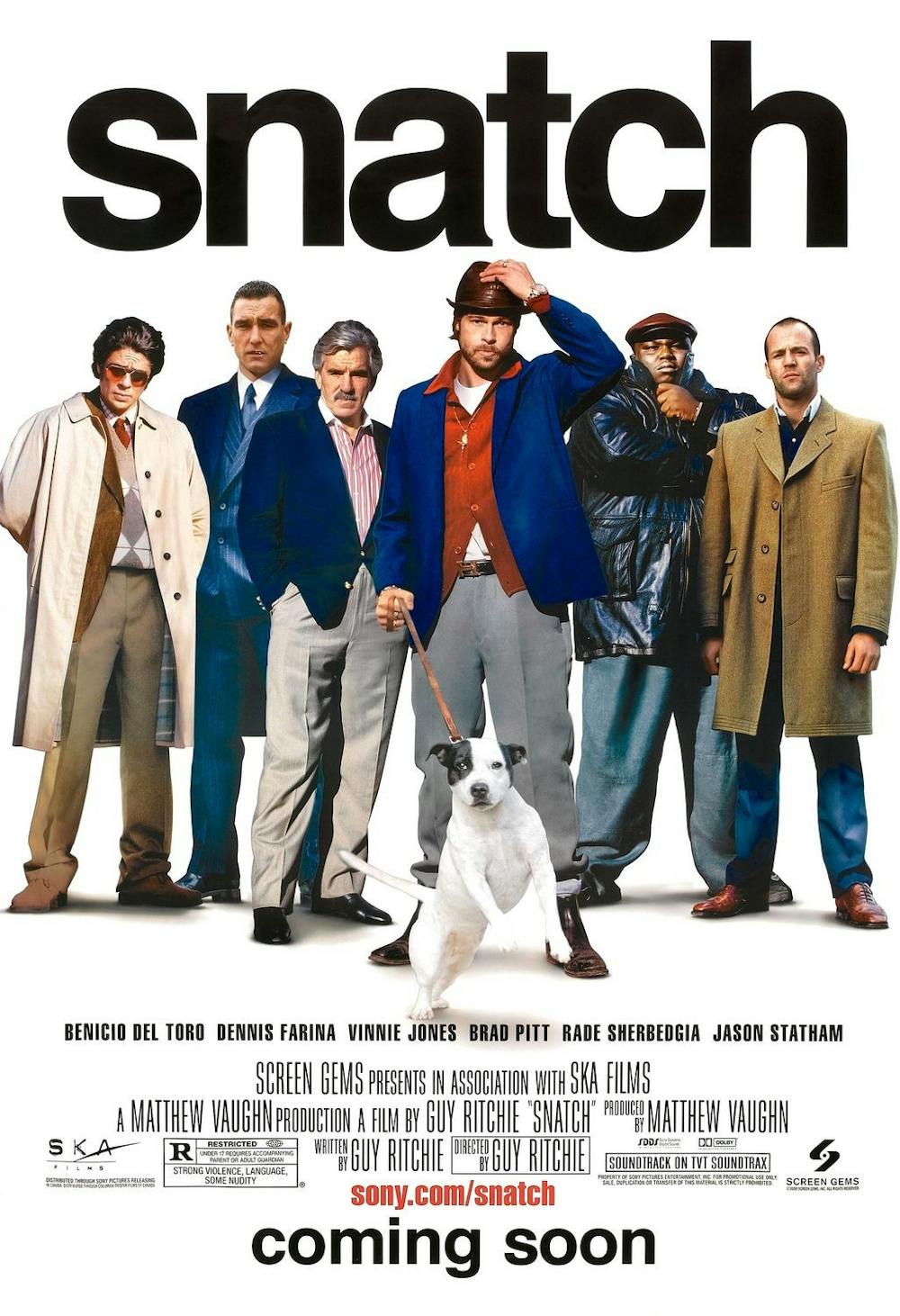The U.S. has dominated the film industry over the past century. Boasting widely-recognized talent, high-budget sequences and millions of dollars in sponsorship, Hollywood’s plethora of adventures rarely bore.
But sometimes, they lack the classier nuances seen in films around the globe.
International films, which are typically less bogged down by the restrictions of giant studios and investors, have historically presented a much more creative look into cinema, eschewing the cookie-cutter audience-pleasing adventures of the U.S. for stories that manifest an original idea and make it relatable, regardless of its level of realism.
If you find yourself looking to take a break from standard U.S. cinema, look no further than The Spectrum’s list of the top international flicks.
Breathless (1960) — France
“Breathless” is cooler than soft-serve in December. Telling his story in a concise down filmmaking style, director Jean-Luc Godard abruptly cuts from shot-to-shot when necessary, as the film effectively gives its audience just enough to know what is happening without overstaying its welcome.
Centered around a protagonist who would make Humphrey Bogart’s jaw drop to the floor, “Breathless” is one of the most casual masterpieces ever released, maintaining a level of coolness in its characters and soundtrack while still keeping the audience on the edge of their seats.
Across its 90-minute runtime, Godard tells a tale of love, betrayal and noir, never shorting on excitement or adventure. By the film’s end, viewers are sure to be in awe as they wish they could live a life as adventurous yet casual as Michel Poiccard — the protagonist in this French new-wave cinema.
8 ½ (1963) — Italy
Directed by the Italian icon Federico Fellini, “8 ½” tells the story of fictional director Guido, as he attempts to cure a bout of “director’s block” at a resort. Over the course of Guido’s time with lovers and film crew members, Fellini treats viewers with a fantastical array of dream sequences that manifest the stresses that plague Guido’s psyche, while simultaneously showcasing a beautiful escape from reality alongside the creeping thoughts and ideas he wishes to avoid in his everyday life.
A genuine example of what can happen when a filmmaker’s imagination runs wild, “8 ½” is a film unlike any other, providing a most savory blend of reality and thought, which results in a level of originality not often seen in the arts.
Snatch (2000) – England
Released at the dawn of the new millennium, “Snatch” may seem more congruous with Hollywood films because it was originally in English. But director Guy Ritchie ensures anything but, as he crams the plot with numerous interconnected storylines, hilariously hard to understand accents (courtesy of Brad Pitt) and an assortment of talented actors before their primes, including Jason Statham, Benicio Del Toro and Vinnie Jones.
Nonetheless, the culmination of these elements creates a picture reminiscent of “Pulp Fiction,” with “Snatch’s” MacGuffin being a diamond in place of the former’s iconic briefcase. One of the most inventive caper-films released before or since, “Snatch” is sure to delight and confuse on first watch. Luckily, the quotes and stories of Turkish, Boris the Blade, Frankie Four-Fingers and many other characters are even better on multiple viewings, further helping one understand the jokes and everyone’s place in thes storyline.
The Girl Who Leapt Through Time (2006) – Japan
The only animated film on this list, “The Girl Who Leapt Through Time” is a masterpiece in the otherwise hackneyed coming-of-age genre, as it tells the story of a high school female named Makoto Konno.
After inadvertently discovering the ability to teleport back in time, the protagonist finds herself getting to fix dozens of moments, ranging from the awkward to the downright disastrous.
But don’t be fooled by the science-fiction concepts. At its heart, Mamoru Hosoda’s classic film is about what it means to grow up, and the consequences of Makoto’s actions mixed with the stress of high school and finding oneself take her down an emotional rollercoaster that is sure to leave audience members in tears. This perfect mix of ideas and genres perfectly encapsulates what anime is all about, fusing reality into something which could never be put into live-action and taken seriously.
M (1931) – Germany
One of the darkest films to ever grace the silver screen, “M” was also one of the final German expressionist films released before many of the country’s filmmakers migrated to the U.S. in order to escape occupation from the Nazis.
Telling the story of a child-murderer and the town and criminal underworld’s desperate attempt to stop him, “M” is not for the faint of heart. While many films choose to simply vilify the antagonist, “M” differs immensely as it takes viewers into the mind of said killer and attempts to evoke empathy as he admits his painful duality in trying to hold back his dangerous urges.
A film unlike many, “M” is one of the best examples of realistic horror, eschewing demons and ghosts for a horror-thriller that could truly occur in any viewer’s hometown.
Alex Falter is the senior arts editor and can be reached at alex.falter@ubspectrum.com

Alex Falter is a senior arts editor at The Spectrum.





